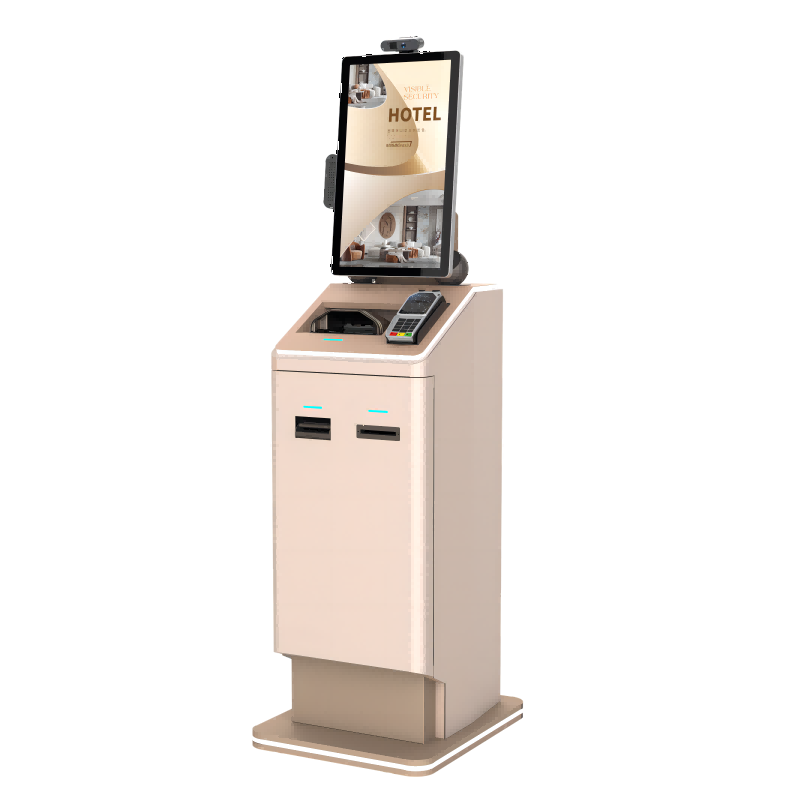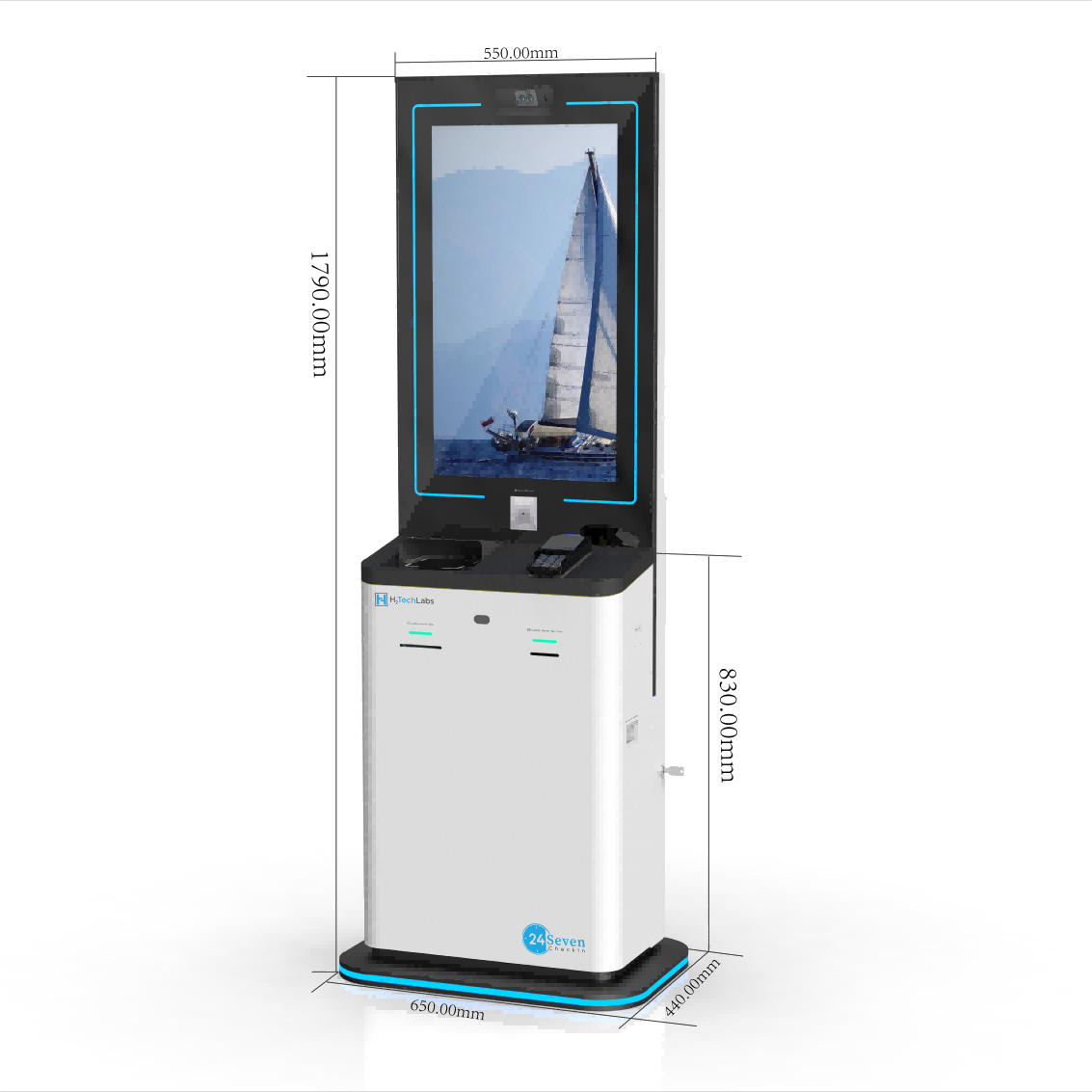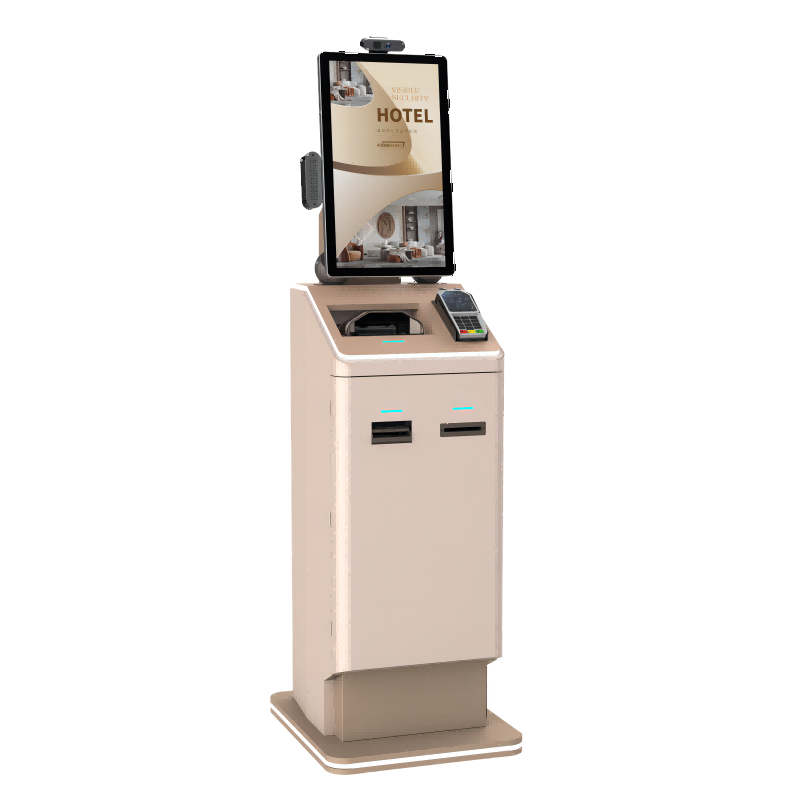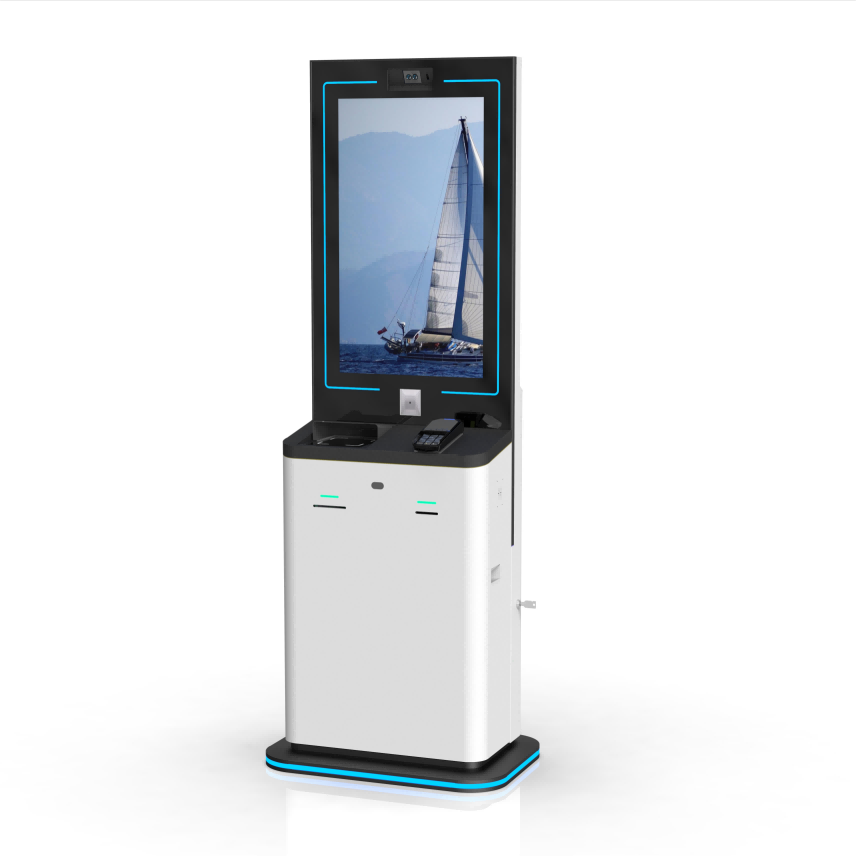| Component | Description | Purpose | Customization Options |
|---|---|---|---|
| Touchscreen Display | A user-friendly interface for interaction | Allows employees to navigate and access information | Screen size, resolution, touch sensitivity |
| Card Reader | Reads employee ID or access cards | Enables secure login and identification | Magnetic stripe, RFID, NFC capabilities |
| Biometric Scanner | Fingerprint or facial recognition scanner | Provides secure access and authentication | Fingerprint, facial recognition, iris scanning |
| Printer | Outputs receipts, schedules, or other documents | Allows employees to print necessary paperwork | Type of printer (thermal, inkjet), paper size |
| Software Interface | Customized software tailored to employee management tasks | Manages clocking in/out, scheduling, and HR functions | Customizable UI, language support, feature set |
| Security Enclosure | Durable casing to protect kiosk components | Ensures the kiosk is tamper-proof and secure | Material (metal, plastic), locking mechanisms |
| Connectivity Module | Provides network access (wired or wireless) | Connects the kiosk to the company's network for real-time updates | Wi-Fi, Ethernet, Bluetooth |
| Power Supply | Electrical component powering the kiosk | Ensures continuous operation | Power rating, backup battery options |
Employee Identification: Employees authenticate their identity using methods like card readers, biometric scanners, or PIN entry.
Login Process: After identification, the kiosk securely logs the employee into the system, granting access to personalized functions.
Task Navigation: Employees use the touchscreen interface to navigate through options like clocking in/out, checking schedules, or accessing HR services.
Data Processing: The kiosk processes input data, updating relevant databases in real time, such as attendance records or work schedules.
Document Printing: If needed, the kiosk can print documents such as schedules, pay slips, or receipts.
Logout: Once tasks are completed, the employee logs out to secure their session, ensuring privacy and data protection.

Requirement Gathering: Identify specific needs, including functionalities, features, and design specifications for the employee kiosk.
Design and Prototyping: Create design mockups and prototypes, incorporating user interface elements and ergonomic considerations.
Component Selection: Choose high-quality hardware components like touchscreens, processors, biometric scanners, and printers that meet the required specifications.
Software Development: Develop or integrate customized software tailored to employee management tasks, ensuring it’s user-friendly and secure.
Assembly: Assemble the kiosk, integrating all hardware components and ensuring proper wiring, connectivity, and structural integrity.
Testing and Quality Control: Conduct thorough testing of hardware and software, including stress tests, usability tests, and security checks, to ensure the kiosk meets all standards.
Deployment and Installation: Deliver and install the kiosk at the client’s location, followed by final testing on-site to ensure full functionality and user satisfaction.

Employee Check-In/Check-Out: Automates time tracking with quick and efficient employee check-in and check-out processes.
Self-Service HR Portal: Allows employees to access HR services, such as updating personal information, viewing pay stubs, and managing benefits.
Training and Learning Modules: Provides access to training materials, courses, and assessments, helping employees stay updated with company policies and skills.
Scheduling and Shift Management: Enables employees to view schedules, request shift changes, and manage time-off requests directly from the kiosk.
Visitor Management: Employees can register visitors, print badges, and notify relevant personnel upon guest arrival.
Health and Safety Compliance: Facilitates health screenings, safety training, and compliance reporting to ensure a safe workplace environment.
Employee Surveys and Feedback: Gathers employee feedback, conducts surveys, and monitors job satisfaction in real-time.
Document Printing and Scanning: Provides on-the-spot printing and scanning capabilities for essential documents, streamlining daily tasks.

An employee kiosk offers numerous benefits by streamlining and automating essential workplace processes. It enhances efficiency by allowing employees to check in and out, manage their schedules, and access HR services independently. This self-service capability reduces administrative workload and improves accuracy in time tracking and shift management. The kiosk also serves as a hub for training and compliance, ensuring employees stay informed about safety protocols and company policies. Additionally, it supports visitor management and health screenings, contributing to a safer work environment. By centralizing these functions, an employee kiosk improves overall productivity, employee satisfaction, and operational efficiency.

The cost of an employee kiosk can vary significantly depending on the features, hardware, and software integrations required. Basic models might start around $1,500 to $3,000, while more advanced kiosks with touchscreens, biometric scanners, and custom software could range from $5,000 to $10,000 or more. The ROI of an employee kiosk is realized through improved efficiency, reduced administrative tasks, and enhanced employee satisfaction. By automating routine tasks like time tracking, payroll management, and HR inquiries, companies can save on labor costs and minimize errors, leading to long-term financial benefits.
Define Your Needs: Identify the specific tasks you want the kiosk to perform, such as time tracking, HR services, or visitor management.
Consider Customization: Choose a kiosk that can be tailored to your company's branding and operational requirements.
Evaluate Software Compatibility: Ensure the kiosk's software integrates seamlessly with your existing HR and payroll systems.
Assess Security Features: Look for kiosks with robust security options, like biometric authentication, to protect sensitive employee data.
Budget for Maintenance: Factor in ongoing costs for software updates, technical support, and hardware maintenance.
Test User Experience: Select a kiosk with an intuitive interface to ensure ease of use for employees.
Vendor Reputation: Choose a reputable manufacturer known for quality products and reliable customer support.
What did our happy clients say?
Extremely satisfied with the employee kiosk. The interface is intuitive and easy to use, making clocking in and information retrieval simpler and more efficient. Highly recommended!
The employee kiosk we purchased perfectly meets our company's needs. Installation was quick, and it operates smoothly, saving us significant time and labor costs. Five stars!
The biometric feature of this employee kiosk is highly accurate, enhancing our security while making clocking in faster. It has greatly improved our efficiency.
The employee kiosk from this supplier exceeded our expectations in quality, and the after-sales service was excellent. The user experience is outstanding. Highly recommend to other businesses.